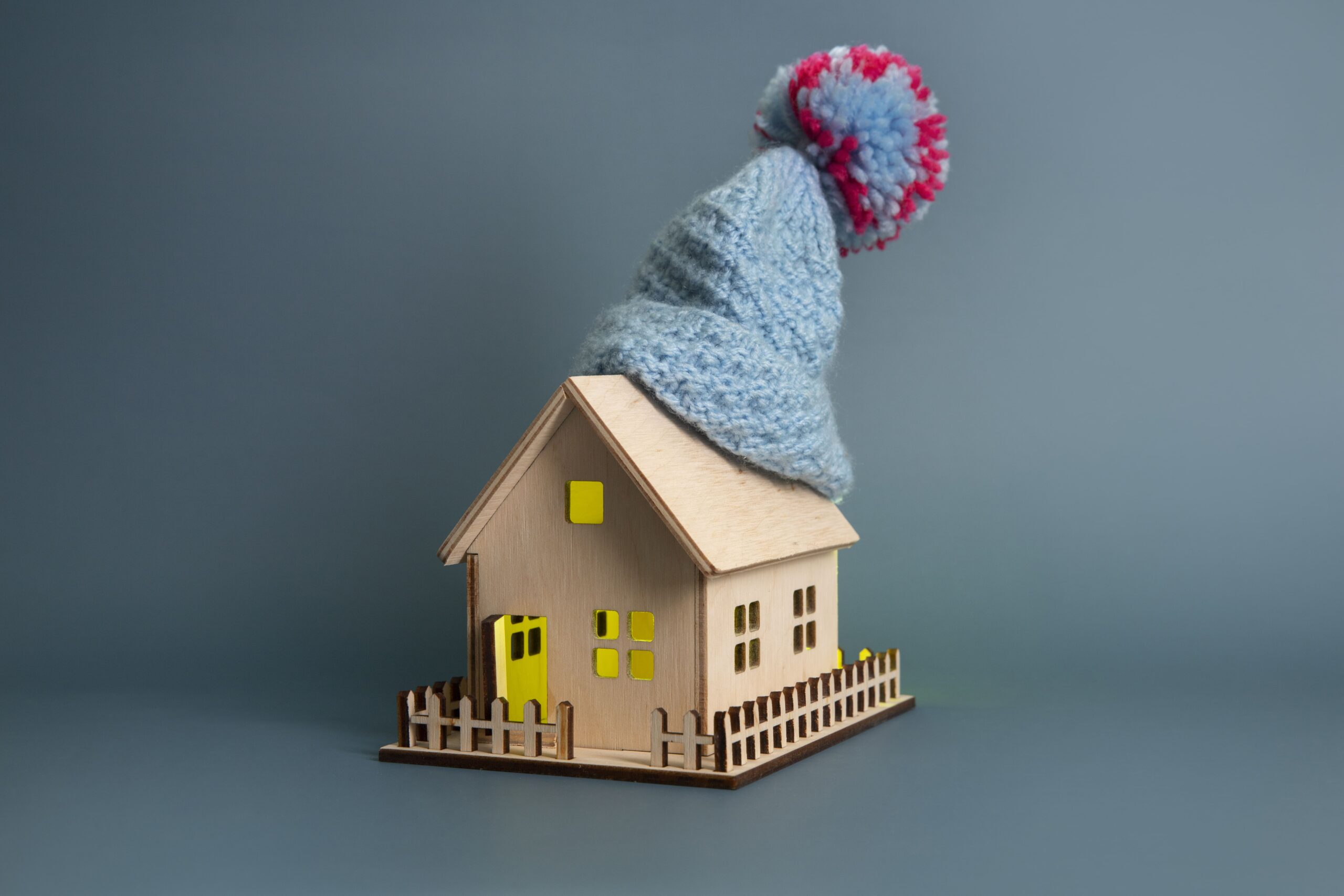
As winter approaches, it’s important to keep your home cozy and comfortable without breaking the bank. With our easy-to-follow winter energy-saving tips, you can reduce your heating costs and improve the energy efficiency of your house.
Feeling chilly at home is never a pleasant experience. That’s why we’ve designed these tips to make sure that your living area is warm and welcoming, without costing you a fortune. You don’t need to be an expert in home improvement to implement these measures.
From simple adjustments to your thermostat to sealing gaps around windows and doors, our tips will help you keep your home comfortable and budget-friendly. Don’t wait until it’s too late to start saving money on your heating bills. Try out our tips today and start seeing the results tomorrow.
1. Seal Drafts and Leaks
Increasing the airtightness of your house is a simple, effective, and inexpensive way to make your home cozier. Check your windows and doors for any openings or leaks that could let in cold air. It’s common to save more money on energy bills than the cost of caulking and weather stripping within a year by making these wise choices.
- Caulk: Use caulk if there are spaces between immobile objects, such as windows and doors.
- Weather Stripping: Use weather stripping on anything that moves, such as windows and doors that open and close. It’s an easy way to save costs and add coziness to your house.
- Check the Basement and Attic: When looking for air leaks, make sure you thoroughly inspect your attic and basement because these areas tend to conceal the worst leaks. Use caulk or foam to seal the small cracks and holes. For larger holes and cracks, replacing the insulation must be necessary.
- Fireplace: Although a lighted fireplace keeps you warm in the winter when it’s not in use, it can let cold air in. When your fireplace is not in use, be sure to close the damper. To avoid drafts, you should also think about sealing the chimney flue and turning off the fireplace if you don’t use it often.
- Electrical outlets, light fixtures, air conditioning units, and gaps in your insulation can all let cold air into your home.
2. Use Curtains Wisely
The best winter energy-saving tip is the wise use of curtains. During the day, you can take advantage and let the sun warm your home naturally by opening your blinds and curtains. When the sun sets, draw the curtains and blinds to keep cold air from entering your house. You can also invest in insulated/ thermal curtains to increase the efficiency of your windows.
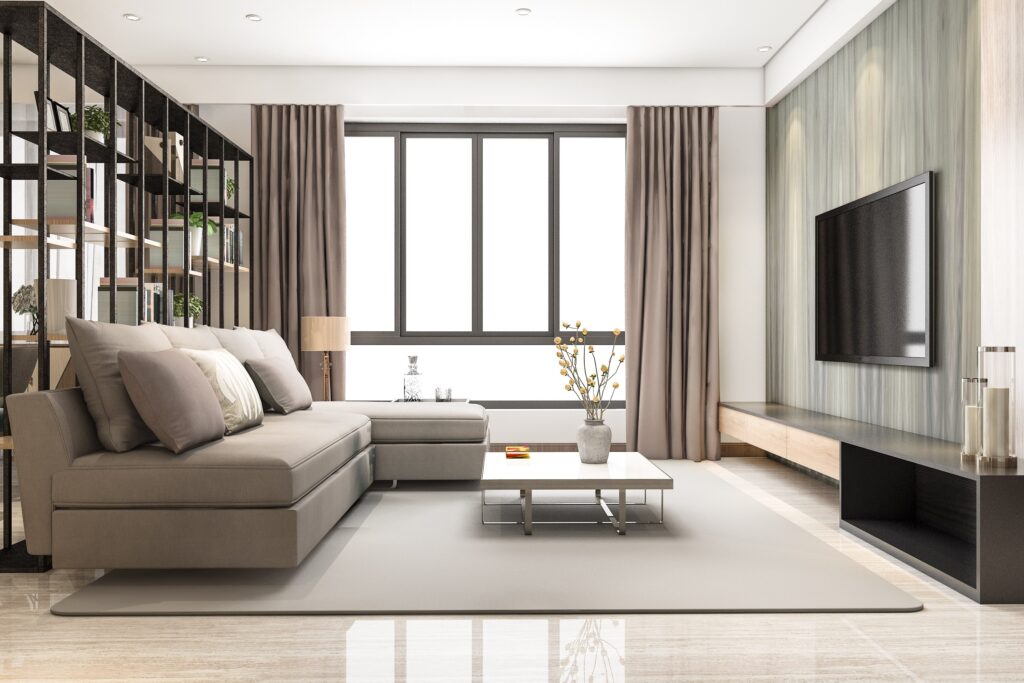
3. Optimize Thermostat Settings
When you’re at home and awake, set your thermostat to the lowest comfortable setting; when you’re asleep or away, turn it down. A programmable thermostat is something you should think about getting for automated temperature control. For a comfortable home, set your thermostat between 18 and 21 degrees Celsius.
You don’t need to turn it up during the colder months because your home will stay sufficiently warm. You may save £60 on annual heating expenses and reduce 310 kg of carbon dioxide by simply one degree on your thermostat. A tiny adjustment that has a significant impact.
4. Maintenance of HVAC
HVAC maintenance is one of the best winter energy-saving tips. Regular maintenance of your HVAC system will guarantee a warm and comfortable home. Maintaining the best possible condition for your HVAC system improves energy efficiency and ensures maximum comfort. Maintaining your heating system regularly not only increases efficiency but also lengthens its lifespan, making it an affordable and dependable investment.
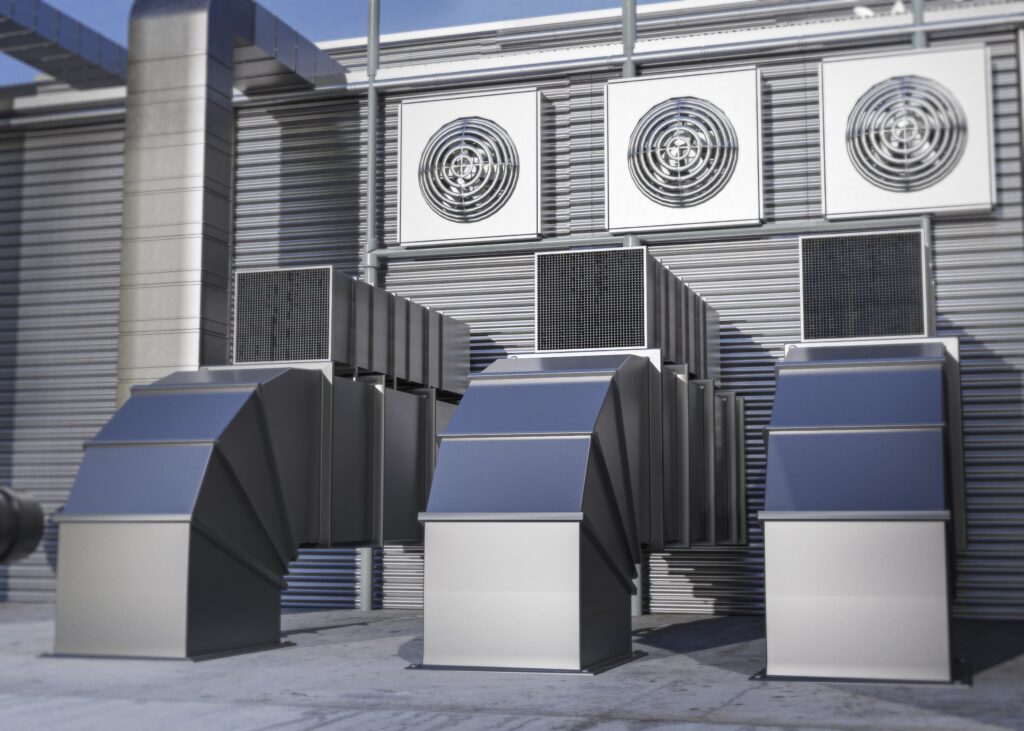
5. Use Ceiling Fans
You could use your ceiling fans to get the most out of them in winter for energy-saving. In the winter, turn your ceiling fans in a clockwise direction. By doing this, they raise the warm air that gathers near the ceiling and disperse it throughout the space, warming it. As a result, you can gradually lower your thermostat and distribute warm air more evenly.
6. Use of Space Heater
If you simply want to warm up a small area, think about using a space heater. Electric space heaters are an excellent option due to their energy efficiency, as no heat is lost due to combustion or ducts. They are useful for temporarily warming certain spaces that you occupy, such as your cold garage or restroom.
But remember that using a heat pump or a natural gas furnace to heat your entire home is more efficient than using space heaters alone.
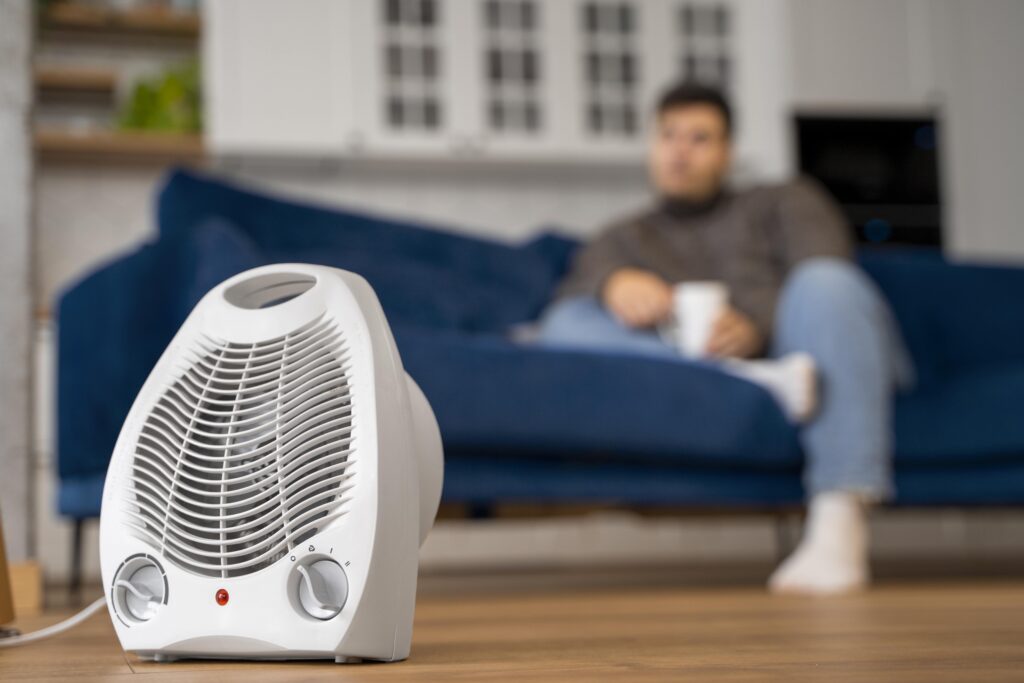
7. Close Unused Vents
Close vents in rooms that aren’t used often to maximize heating efficiency and avoid paying extra for unoccupied spaces. Direct heat where it’s most needed to maximize energy efficiency and maintain a comfortable temperature in your home. This small change guarantees economical heating based on your lifestyle.
8. Wear Warm Clothes Indoors
Talking about winter energy-saving tips and not about warm clothes? One easy and efficient way to stay warm inside while lowering the temperature on your thermostat is to dress warmly. Rather than turning up the heat, wrap yourself in warm clothes such as blankets, sweaters, and socks. This helps you save money on energy bills in addition to keeping you warm.
You can balance comfort and energy efficiency by tailoring your wardrobe to the indoor temperature. In addition, it’s an economical and eco-friendly practice that enhances home sustainability and personal comfort. So embrace the warmth and pull on your favorite sweater.

9. Switch to LED Lighting
Energy-efficient LED light bulbs are a wise choice to replace fluorescent ones, both financially and aesthetically. LEDs light up the room and produce less heat than other light sources, which reduces the strain on your heating system. By performing this easy improvement, you can lower your energy costs and make your house cozier.
LED bulbs make it simple to efficiently light your space because they last longer, use less energy, and are available in a variety of styles. This little adjustment will save you money, make your house colder, and pave the way for a more sustainable future.
10. Reset Water Thermostat
A simple thermostat adjustment can result in significant energy and cost savings for your water heater. Water heaters consume the most energy, next to your HVAC system. The thermostat on most water heaters is set too high, which means that even when you’re not using hot water, the water is continuously heated to that temperature.
Here’s A Quick Tip: Turn down the heat on your water heater a couple of degrees. With this minor adjustment, you can reduce your energy costs by a few dollars without compromising your comfort. You probably won’t even notice the difference, and your wallet will appreciate it unless you enjoy taking really hot showers!

11. Home Insulation
Improving the insulation in your house is a wise way to reduce heat loss and improve energy efficiency in winter. To build a strong defense against the cold weather, concentrate on insulating important spaces like the attic, walls, and floors. Sufficient insulation serves as a warm blanket for your house, keeping the cold out and preventing valuable heat from escaping.
You can lower your energy usage and make your home more comfortable by making an insulation investment. Reducing your heating costs, not only benefits your finances but also promotes a more sustainable and environmentally friendly way of life. Improve your insulation to experience cost savings and warmth.
Related: Elevate Your Space: Hottest Interior Design Trends in 2024
12. Maintenance of Your Home’s Furnace Filter
Always keep your furnace filter as clean as possible. Your furnace has to work harder to heat your house the dirtier it is. Your furnace will use more energy the harder it works. Your expenses will increase as it consumes more energy. A good general rule of thumb is to replace 1-2-inch filters every three months, 4-inch filters every six months, and 5-inch filters every twelve months, depending on the size of your filter.
13. Use of Rugs on Hard Floors
Never undervalue the impact rugs can have on creating a warm and inviting space. They serve as a comfortable barrier between your feet and cold, hard floors, so they’re useful for more than just style. Area rugs are a great way to add some decoration and warmth to a room, especially when combined with a rug pad underneath.
To improve the room’s overall comfort and add additional insulation, think about hanging rugs from the wall. Rugs are therefore a useful and fashionable way to bring a room together or add a layer of warmth.
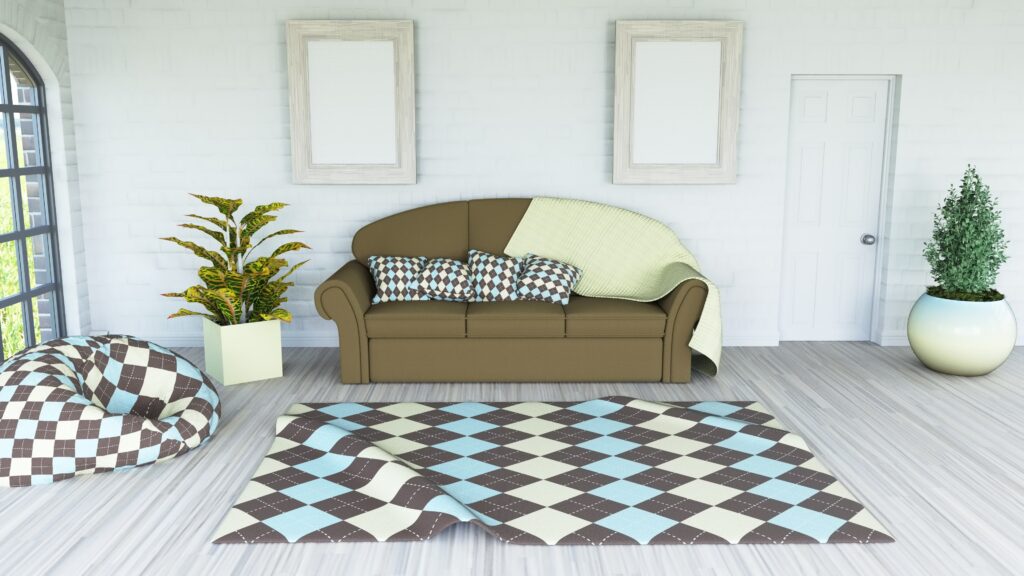
FAQs: Winter Energy-Saving Tips
How can I heat my room without electricity?
You can use a kerosene heater, propane or gas heater, or wood-burning stove to heat your room without the need for electricity. For effective warmth, make use of insulation, layered clothes, and warm bedding.
__________
What uses the most electricity in a home?
The following are the appliances that use the most electricity in a home:
1. Refrigerator, freezer
2. Heating system
3. AC/Inverters
4. Water heater
5. Stove and oven
6. Washing machine
7. Lighting/dishwasher
8. Electronics
__________
How do we use electricity wisely?
By selecting energy-efficient appliances, turning off lights and appliances when not in use, and using programmable thermostats to control heating and cooling. When a device is fully charged, unplug it to cut down on standby power usage.
__________
What uses the most electricity in the winter?
During the winter, heating systems, especially electric furnaces and heaters, usually consume the most power. Higher energy consumption during the winter months is also a result of electric water heaters and more lighting because of the shortened daylight hours.
__________
What is the cheapest method of home heating?
The cheapest method of home heating is natural gas.
__________
Summary of Winter Energy-Saving Tips
In conclusion, it can be expensive to stay warm during a cold winter, but you don’t have to give up comfort for cost! Try these winter energy-saving tips for an efficient home to create a warm and comfortable environment without going over budget. These simple steps, which range from dressing warmly indoors to properly using curtains and sealing leaks, don’t require specialized knowledge. Reduce your heating costs, keep your house warm, and make winter affordable. You can say goodbye to cold homes and hello to savings and coziness with a few easy adjustments.





